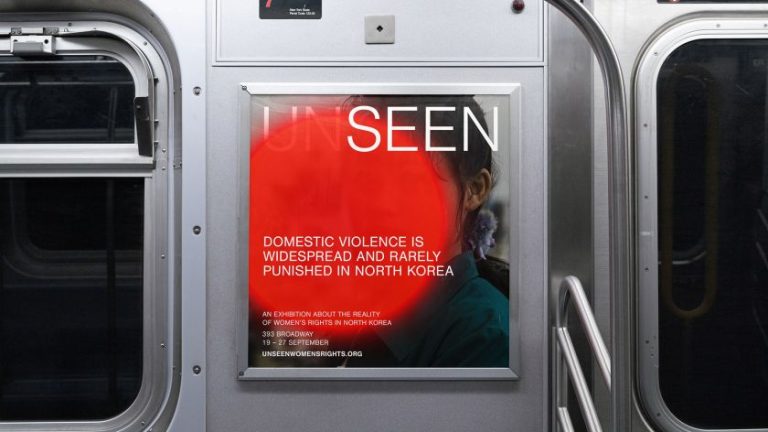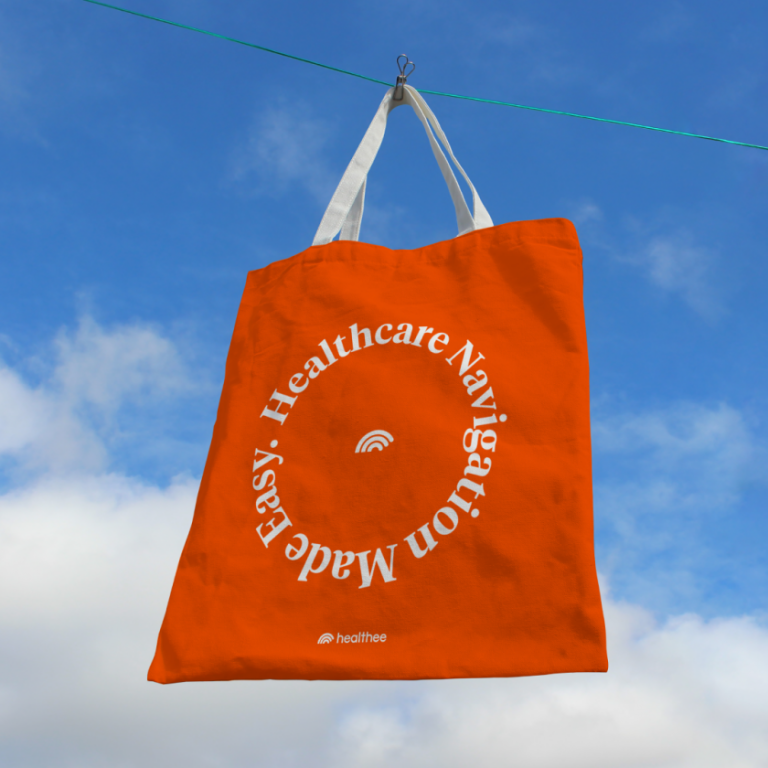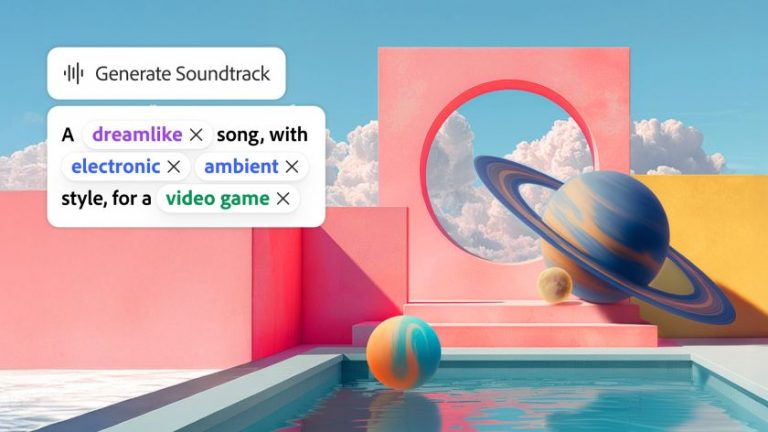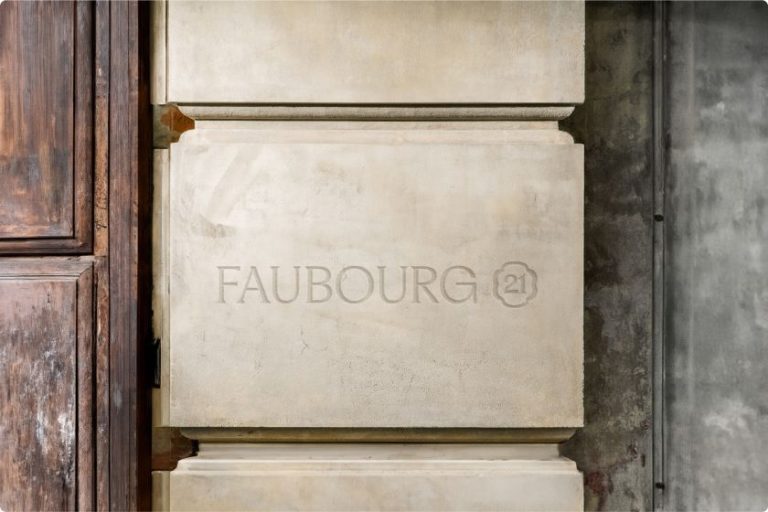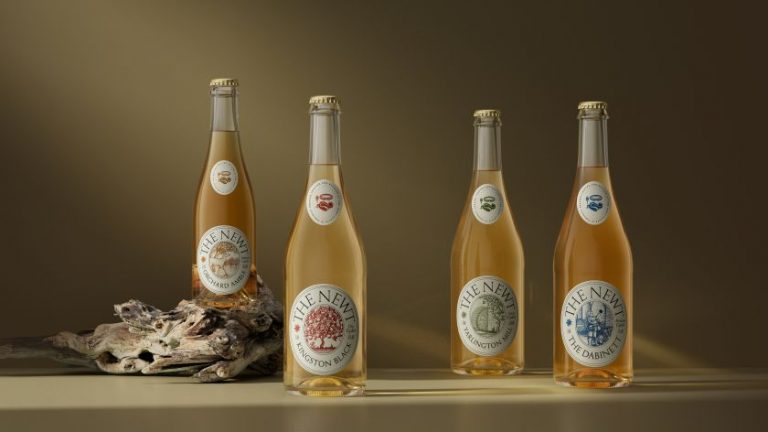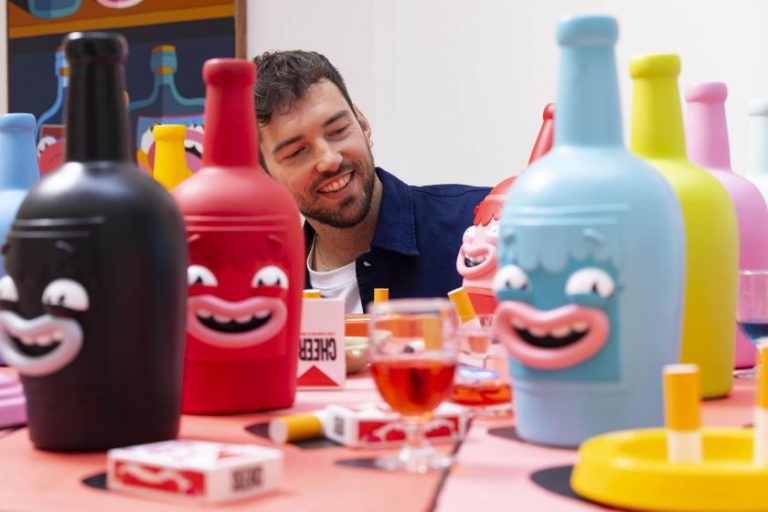3D artist Jose Andrés García explains how he used Character Creator and iClone to bring the Spanish heroes of American independence back to animated life.
The history of North America has largely been written by English-speaking people. As a result, the contribution of the Spanish people has been inevitably given short shrift. One group working to correct that balance is The Legacy: El Legado Español, which is dedicated to promoting Spain’s legacy across the continent.
3D artist Jose Andrés García is a long-time collaborator of The Legacy, and he recently put his 3D skills to work to help promote its exhibition We the Spanish People.
This exhibition celebrates the 250th anniversary of American independence and Spain’s support for the 13 colonies. Jose’s work involved transforming static historical figures into animated life. This project helped attract significant media attention, including coverage on NBC News.
It was a project that was largely made possible by Reallusion‘s software, which makes character creation and animation workflow both faster and easier for beginners and professionals alike. Read on as we explain how Jose harnessed the power of Character Creator and iClone to transform static history into a dynamic, engaging experience for modern audiences.
Jose’s 3D journey
Based in Málaga, Spain, Jose’s journey into 3D animation began unexpectedly through his work in interior design and architectural visualisation. “My dream had always been to tell animated stories beyond infographics and architectural video presentations,” he explains. “I wanted to create stories where characters interact with each other and their environment. This was finally achievable when I discovered Reallusion tools.”
After trying several programs, he discovered iClone and Character Creator. “That’s when everything changed,” he recalls. “The workflow and the ease of creating animations and characters greatly surprised me. I was also impressed by the possibility of transferring everything to Unreal Engine.”
iClone is a real-time 3D animation tool that makes it fast and easy to produce professional animations for films, previz, animation, video, and games. Character Creator, meanwhile, is a 3D artist platform for generating, importing, and customising realistic, stylised characters for iClone, Unreal Engine, Unity, and other 3D platforms.
Harnessing these advanced yet easy-to-use tools has helped Jose become a successful 3D artist over the past five and a half years.
Reaching new audiences
This year, Jose’s 3D skills found their perfect application in We the Spanish People. The exhibition showcases Spain’s contributions to American independence and traced Spanish influence from the 1500s to the late 19th century. Jose’s digital recreations of historical figures became a cornerstone of this cultural initiative.
“Through this project, I was able to tell stories of my country using 3D animation, reaching a young and not-so-young audience in an entertaining way,” he explains. “Now they could watch episodes of Spain’s history and its heroes, many of them forgotten.”
Using the Headshot plugin for Character Creator made it easy for Jose to generate fully animated 3D characters from historical portraits and photographs. These broadly fell into two categories.
For well-documented historical figures like Admiral Luis de Córdova, a Navy officer best known for his service in the Anglo-Spanish War, Jose worked directly from period paintings and images to ensure maximum historical accuracy.
The challenge became greater, meanwhile, for historical figures with limited visual documentation. “In these cases, I created the characters based on facial features which were appropriate to their place of origin,” he explains. “I also considered the era.”
This attention to detail has helped bring forgotten heroes back into public consciousness. These digital recreations are now often the first images that appear in online searches for these historical figures.
Seamless pipeline
The production pipeline Jose developed showcases the versatility of Reallusion’s software suite. Using iClone in combination with Unreal Engine, he created fluid character animations through motion capture technology.
Meanwhile, the museum environment for We The Spanish People was crafted using Unreal Engine’s Museum Environment Kit, allowing Jose to film his historical characters as if directing a real movie.
To enhance the authenticity of these historical scenes, Jose incorporated secondary characters from Actorcore, Reallusion’s 3D asset store of mocap animations and rigged characters ready for use in-game, film, ArchViz with Unreal, Blender, Unity, Omniverse and iClone. This made it easy for Jose to populate his digital museums with lifelike visitors.
Jose’s creations played a pivotal role in the book The Spanish Legacy; We the Spanish People, which was created by The Legacy association in collaboration with the Ministry of Defense and presented at the National Library of Spain in September 2023. Several of the videos are included in the book, viewable via QR codes.
His work was also incorporated into We the Spanish People, a groundbreaking exhibition that opened in March 2024 in Washington DC, marking The Legacy Association’s first major showcase outside of Spain. Housed in the former residence of Spanish ambassadors, the exhibition uses postcard-style displays and video game technology to chronicle Spain’s influence on American history from the 15th through 20th centuries.
The exhibition has garnered significant high-profile support, with US Secretary of the Navy Carlos del Toro committing to bringing it to major naval facilities. Looking ahead, The Legacy Association plans to tour the exhibition through all US states before America’s 250th anniversary in July 2026. Their broader vision includes establishing a Spanish Legacy Museum and actively working to correct historical narratives about Spain’s role in American history.
Lessons for creatives
The fantastic results of this project aren’t just interesting in their own right. They also demonstrate the enormous potential for creative professionals to use Reallusion’s tools in impactful and impactful ways.
For creative professionals looking to push the boundaries of historical visualisation and storytelling, Jose’s experience serves as an inspiring example of how Reallusion’s software enables you to bring your 3D vision to life.
On the one hand, if you’re a beginner to 3D software, these tools are remarkably easy to use, as we explained in our case studies for Het Nieuwe Kader and Deb Ethier. Alternatively, if you’re a seasoned pro, you’ll find they’ll speed up your workflow enormously, as we explored in our interviews with director of animation Geoff Hecht and film director Alberto Rojas.
Jose sums this all up in a single sentence. “With Reallusion,” he says, “the possibilities for creation and editing are almost endless.”

